Released on November 12, Godfall does look great with vibrant environments and incredible characters. But you still may want to get a higher FPS and improve the performance. In this post, we’ll show you how.
Try these fixes
You may not need to try them all; simply work your way down the list until you find the one that works.
- Delete temp files
- Disable Windows 10 gaming features
- Update your video card driver
- Optimize in-game settings
- Run your game on a dedicated graphics card
Fix 1: Delete temp files
As the name suggests, temporary files are the kind of files that store temporary data that is created by Windows itself or the programs that users use. But they can take up a considerable amount of space and slow down your PC. To get the best possible performance, you’re supposed to delete those temporary files and it won’t cause any problems. Here’s how you can do this:
1) Close all windows.
2) On your keyboard, press the Windows logo key and R at the same time to open the Run dialog box.
3) Type %temp% and then press Enter on your keyboard.
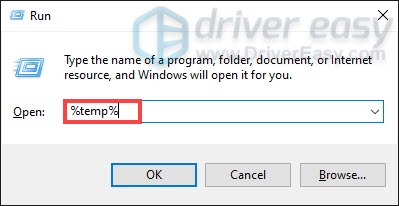
4) Delete all the files in the temp folder. (Press Ctrl and A at the same time to select all the files. Then right-click and select Delete.)
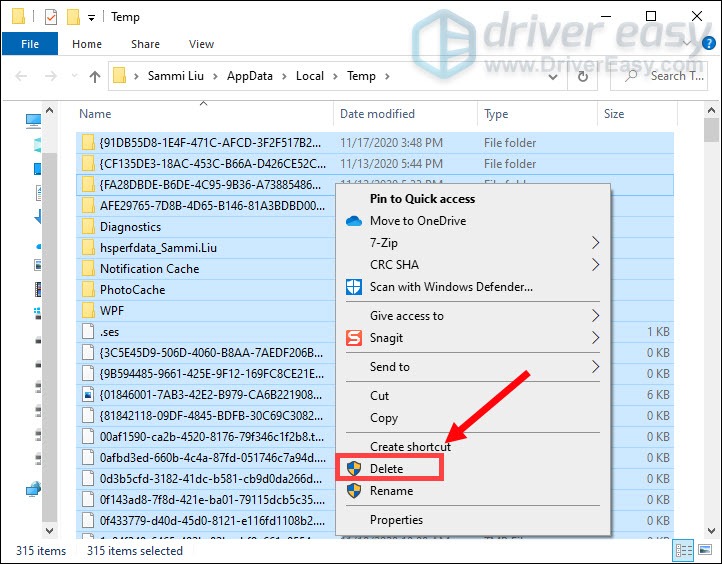
5) After you finish the process, go to your desktop and right-click on the Recycling Bin and select Empty Recycle Bin.
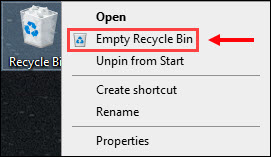
Once it’s done, play your game if this does the trick.
Fix 2: Disable Windows 10 gaming features
Windows 10 gaming features were supposed to make gaming a much better experience. But it seems the opposite is true. Certain features can cause stuttering and you’ll lose FPS. So to ensure your game performs at its best, you should disable them.
1) Press the Windows logo key to open the Start menu.
2) Click on the cogwheel icon to open the Settings menu.
3) Click on Gaming.
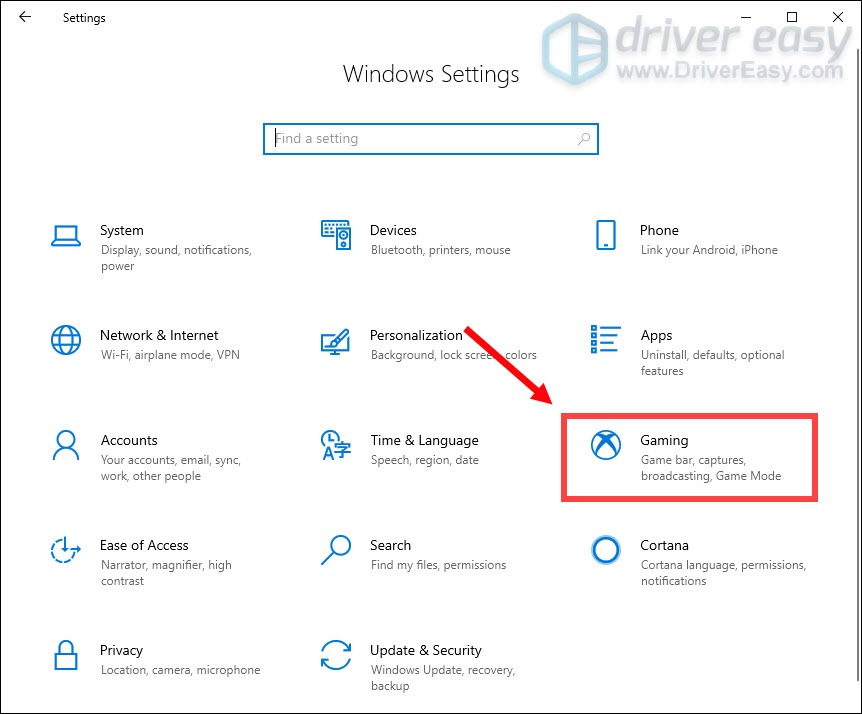
4) In the sidebar, navigate to the Game bar section. Click to toggle Game bar Off.
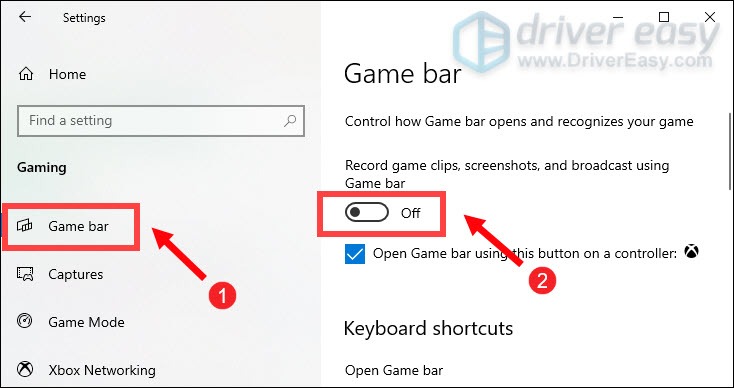
5) Select Captures. Make sure the Background recording and Recorded audio are set to Off.

6) Select Game Mode. Click to toggle Game Mode Off.
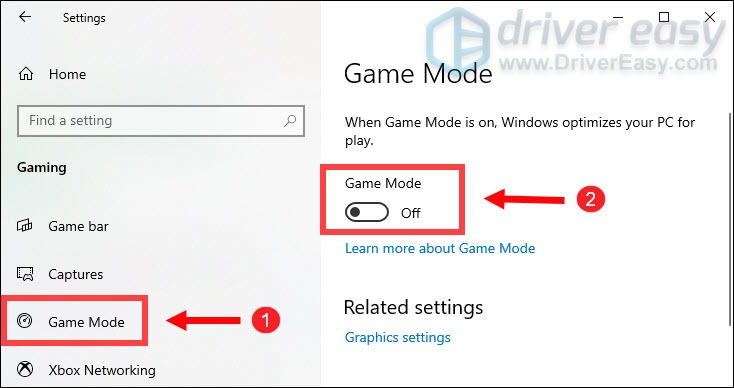
Once you’ve done these, try and play your game to check if you get better performance.
Fix 3: Update your video card driver
Your device drivers, the video card driver, in particular, are important components that greatly impact your computer’s performance. If you get low FPS when gaming, one of the recommended troubleshooting steps you should take is to update your video card driver especially if you can’t remember when was the last time you had it updated.
There are mainly two ways you can update your graphics driver: manually and automatically.
Option 1: Manually update your graphics driver
To update your video card driver manually, you can go to the official website:
Then find the driver corresponding with your Windows version and download it manually. Once you’ve downloaded the correct driver for your system, double-click on the downloaded file and follow the on-screen instructions to install it.
Option 2: Automatically update your video card driver (recommended)
If you don’t have the time, patience or computer skills to update your video card driver manually, you can, instead, do it automatically with Driver Easy. Driver Easy will automatically recognize your system and find the correct version, download and install them correctly:
1) Download and install Driver Easy.
2) Run Driver Easy and click the Scan Now button. Driver Easy will then scan your computer and detect any problem drivers.

3) Click Update All to automatically download and install the correct version of all the drivers that are missing or out of date on your system.
(This requires the Pro version which comes with full support and a 30-day money-back guarantee. You’ll be prompted to upgrade when you click Update All. If you don’t want to upgrade to the Pro version, you can also update your drivers with the FREE version. All you need to do is to download them one at a time and manually install them.)
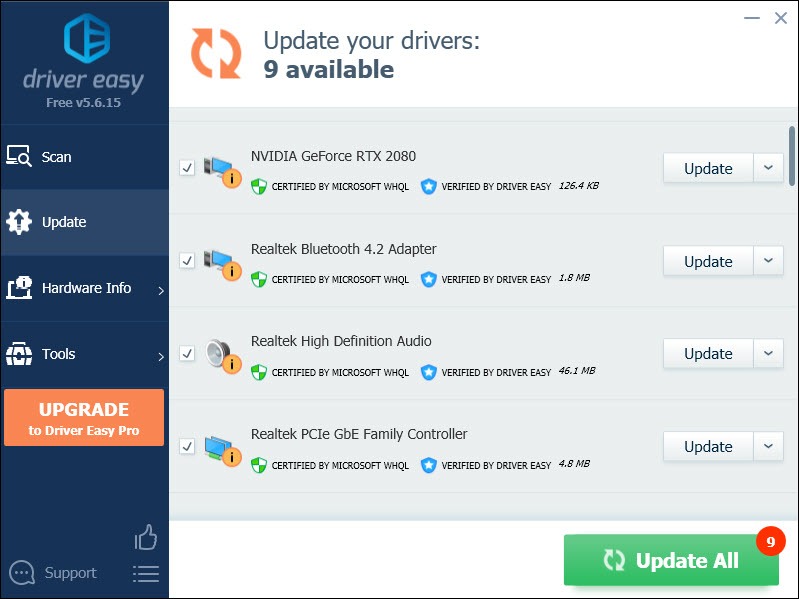
After updating your drivers, restart your computer and play your game to see if it works. If not, move on to the next fix.
Fix 4: Optimize in-game settings
Some tweaks on settings can let you get higher FPS without compromising image quality.
First, go to SETTINGS in the game menu. Then under the VIDEO section, reset these settings:
Display Mode: Fullscreen
Vertical Sync: Off
Shadow Quality: Medium
Anti-Aliasing: Low
VisualEffects: Low
Post Processing: Low
Foliage Quality: Low
After you’ve set these, you should be able to get a higher FPS.
Fix 5: Run your game on a dedicated graphics card
The integrated graphics chipset is built into the processor and makes sure that your computer can use a display even without a dedicated GPU. However, more demanding tasks such as gaming require a stronger GPU, which in most cases is the dedicated one.
The biggest benefit of a dedicated GPU is performance. Not only does a dedicated graphics card have sophisticated RAM for the task of processing video, but also has dedicated RAM for the task, which is typically faster and better optimized for the task than your general system RAM.
Find out if your computer has more than one GPU
If you’re not sure how many GPUs your computer has, follow the instructions below:
1) On your keyboard, press the Windows logo key and R at the same time to open the Run dialog box.
2) Type devmgmt.msc and press Enter.
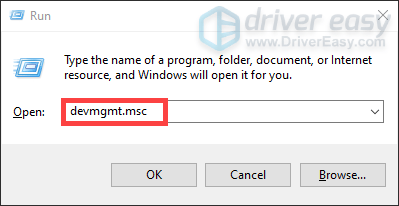
3) Double-click Display adapters to expand the list. And you can see if your computer has more than one GPU.
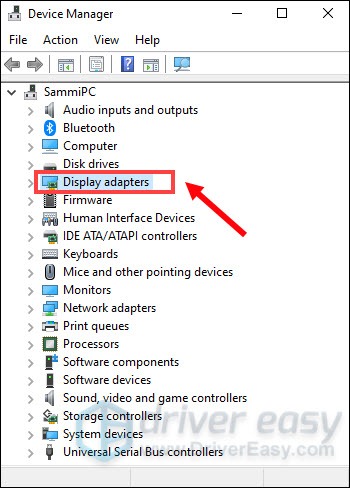
Run the game on a dedicated graphics card
After you’ve got the information on your graphics card, you can manually make your game run on that specific graphics card. To do this, simply click on the links below:
If you’re an NVIDIA user
1) From your desktop, right-click on the empty space and select NVIDIA Control Panel.

2) On the left pane, click Manage 3D settings. Then click Program Settings and Add.
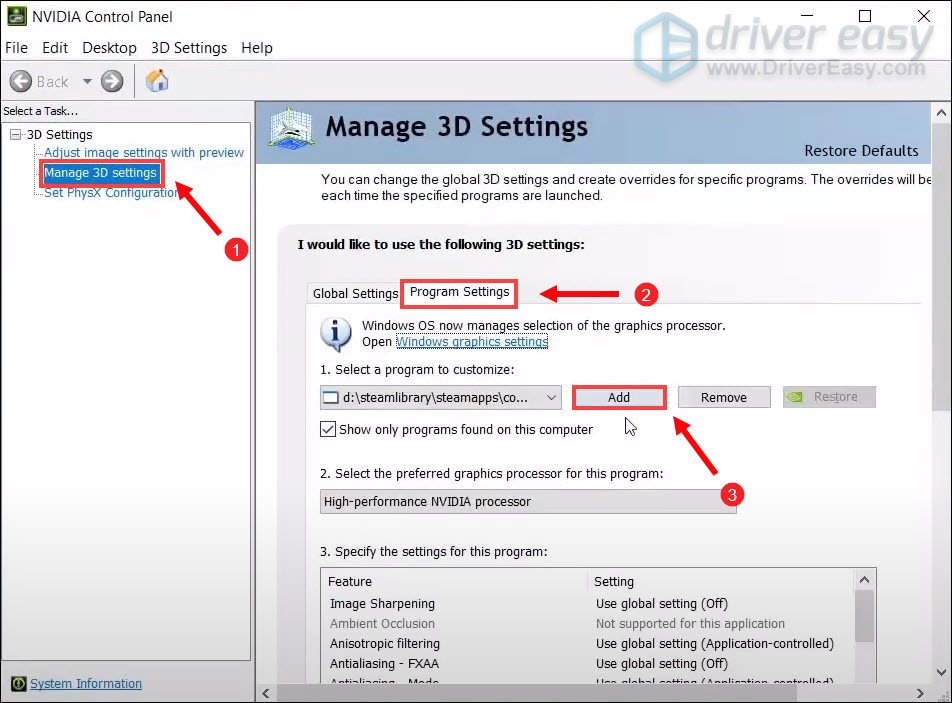
3) Navigate to your game’s exe file and then click Add Selected Program.
If your game isn’t on the list, then click Browse and go to the game’s installation folder.
4) Click on the drop-down menu and select High-performance NVIDIA processor.
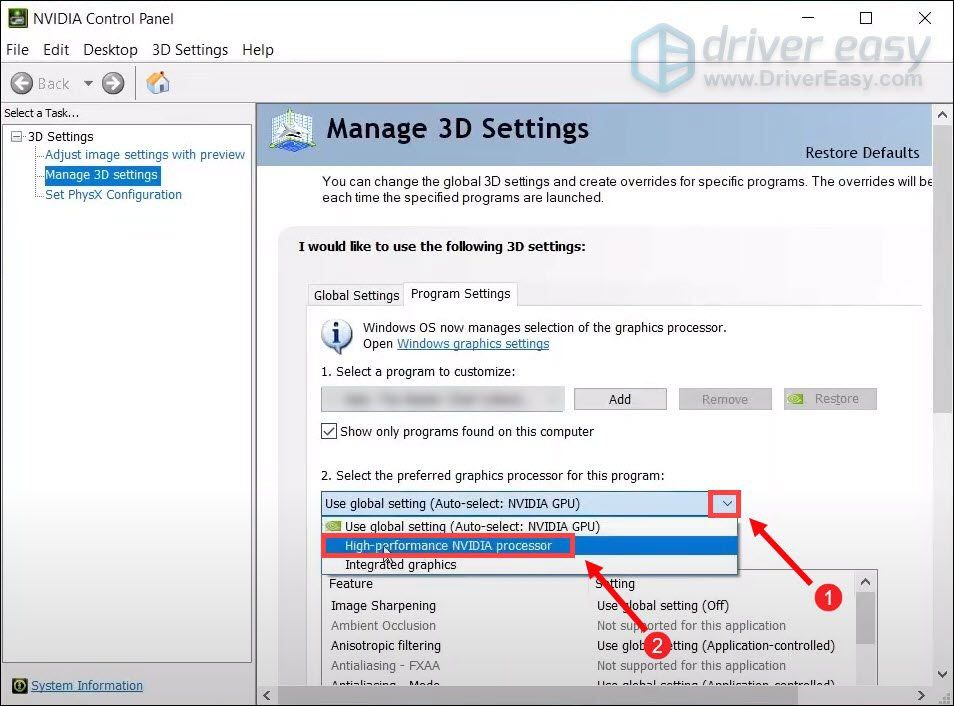
Then click Apply to save the changes.
If you’re an AMD user
1) From your desktop, right-click on the empty space and select AMD Radeon Settings.
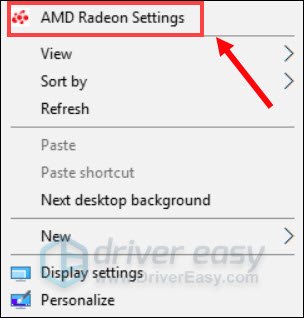
2) Navigate to Preferences > Additional Settings > Power Switchable Graphics Application Settings.
3) Select the game from the list of applications. If it is not in the list, click the Add Application button and select the .exe file of the game from the game’s installation directory.
4) In the column Graphics Settings, assign the High Performance profile to the game.
After you’ve applied the changes, try to play your game and you should find noticeable differences in the performance.
Hopefully, you can get a better performance in Godfall now. If you have ideas on it, please leave us a comment below.






